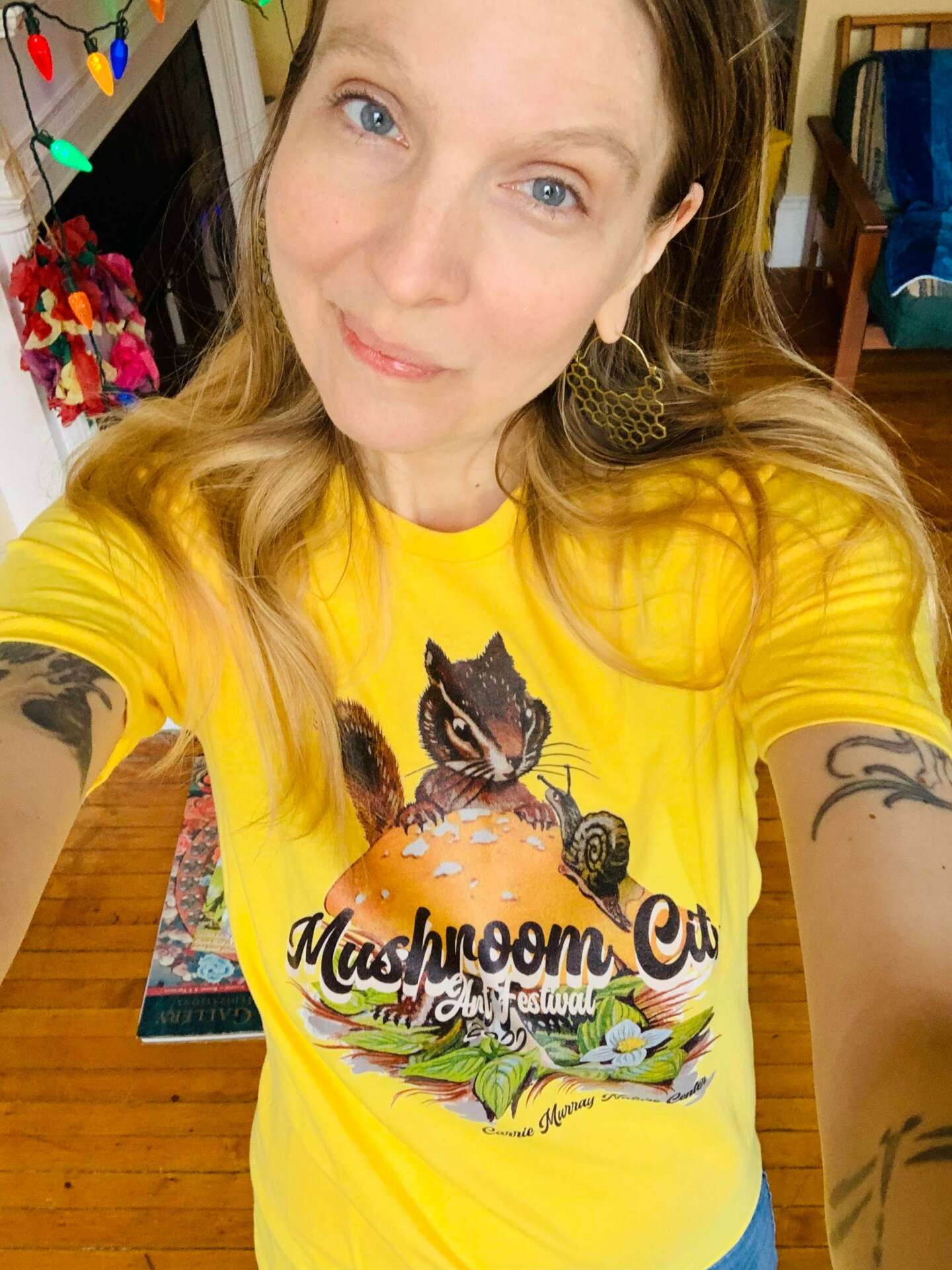We caught up with the brilliant and insightful Robin Gunkel a few weeks ago and have shared our conversation below.
Robin, appreciate you joining us today. Do you feel you or your work has ever been misunderstood or mischaracterized? If so, tell us the story and how/why it happened and if there are any interesting learnings or insights you took from the experience?
It happens less so now as interests in mycological awareness have grown in the popular culture, but in the beginning in 2013, it was more common for folks to align the mushroom festival with drug culture. Psychedelic education is part of the festival. And in this, there is an acknowledgement of the indigenous stewards of wisdom practices and psychedelic science conducted at institutions such as Johns Hopkins University in Baltimore, but the festival has always encompassed a myriad of mycological fields including education on medicinal mushrooms (lion’s mane, turkey tail, reishi, etc.) mycoremediation (using mushrooms for environmental cleanup), biomimicry, and working with mushrooms for sustainable building materials, foraging, cultivation, inspiration for art and music, in addition to whole family mycological and ecological education. Festival goers have taken home inoculated shiitake logs that have fruited years later, have attended cordycep cultivation workshops, have experienced outdoor installations such as sound baths in a giant inflatable igloo. The experiences at Mushroom City are diverse, educational, playful, community-oriented and rooted in a magic of wonder that is both play and learning!
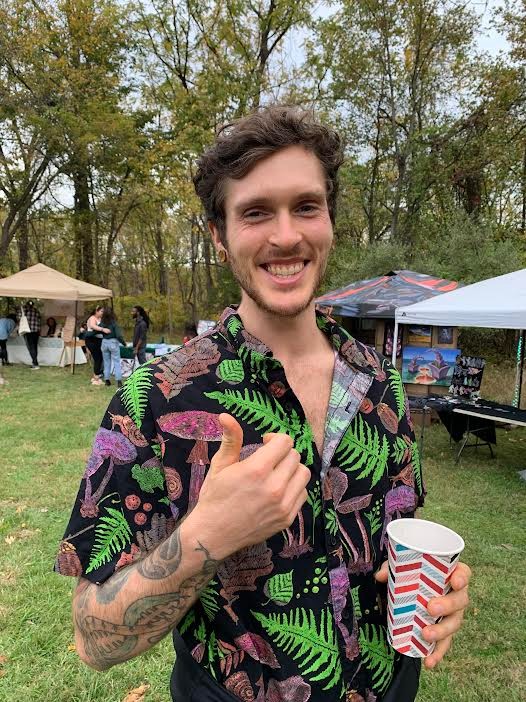
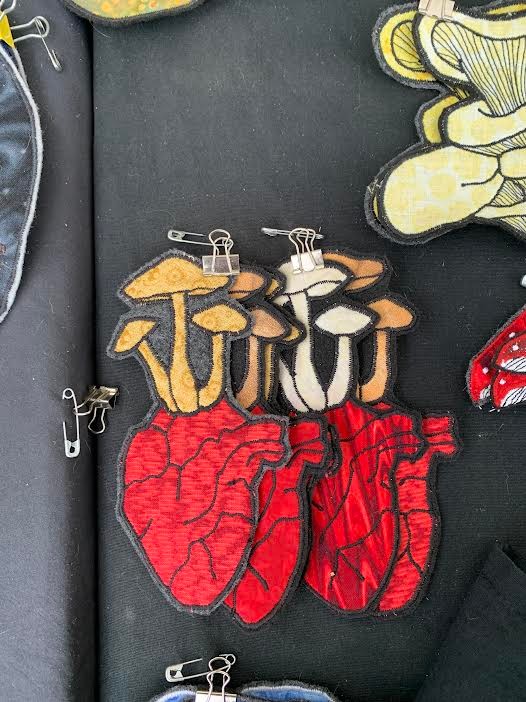
Great, we appreciate you sharing that with us. Before we ask you to share more of your insights, can you take a moment to introduce your project and how you got to where you are today to our readers.
Mushroom City Art Festival has run for its first ten years as a free and for donation, all ages, educational festival. In 2015 we shifted from hosting the festival in Hampden at the Baltimore Free Farm to Gwynns Falls Leakin Park, the largest woodland park located in an East Coast city. Mushroom City comprises forays (mushroom & medicinal plant foraging), talks, live music, children’s activities (such as craft making and pumpkin carving), crankies (illuminated stories told on a paper scrolls), fireside gatherings with shiitake tea, and much more! This year’s Mushroom City will be switching to a sliding scale and no one turned away for lack of funds model in order to financially support the festival. Our theme this year is Spore it Forward! This is an opportunity to pay it forward through one’s financial support of the festival in order to keep offering Mushroom City, as part of a practice of reciprocity with the community and larger natural world. Spore it Forward is also about spreading and sporulating ideas of the mycelial network to fruit in new locations!
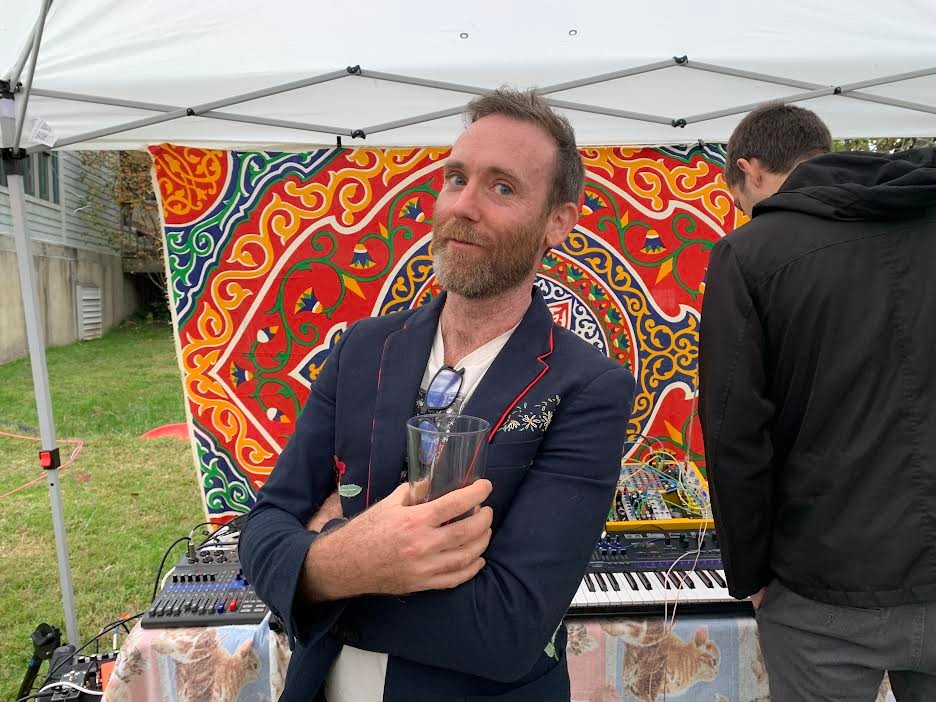


In your view, what can society to do to best support artists, creatives and a thriving creative ecosystem?
Thriving creative ecosystems align with natural ecosystems and come from people needing each other. In this creative ecosystem, everyone in the community has a unique role or niche that they fulfill. This creative ecosystem is like a mycelial web with each community member like a hyphal tip, connected to the larger network and occupying a slightly different territory or space. Every community member in this web contributes unique gifts- skills, talent, knowledge, and heart to the larger whole. Dreaming is collective and multifaceted; it involves acknowledging our shared happiness and connection in each other. One person’s skills in cultivation, foraging, or storytelling can educate and inspire the larger community to dream and enact change in their lives. These ideas both fruit and sporulate; they reach apexes and then spread out to grow and spore and seed new networks in new locations. As Dr. Robin Wall Kimmerer (author of Braiding Sweetgrass) would say, “All flourishing is mutual.” Perhaps also all dreaming is co-arising and collective dreaming creates the conditions for a thriving, healthy, and diverse network of people aligned with nature as their teacher. Perhaps, the question is not what society can do, but rather, we are society and what can we do? Let’s keep creating the beautiful projects that might protect, and also engender connection and listening to nature while allowing community members to shine and share their gifts!
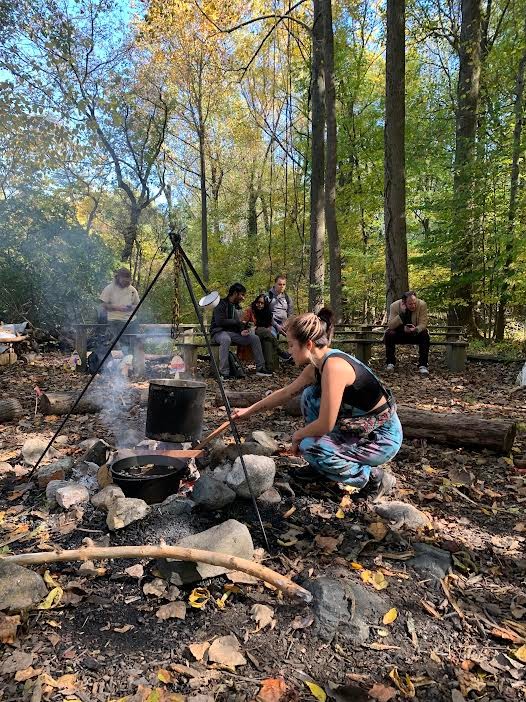

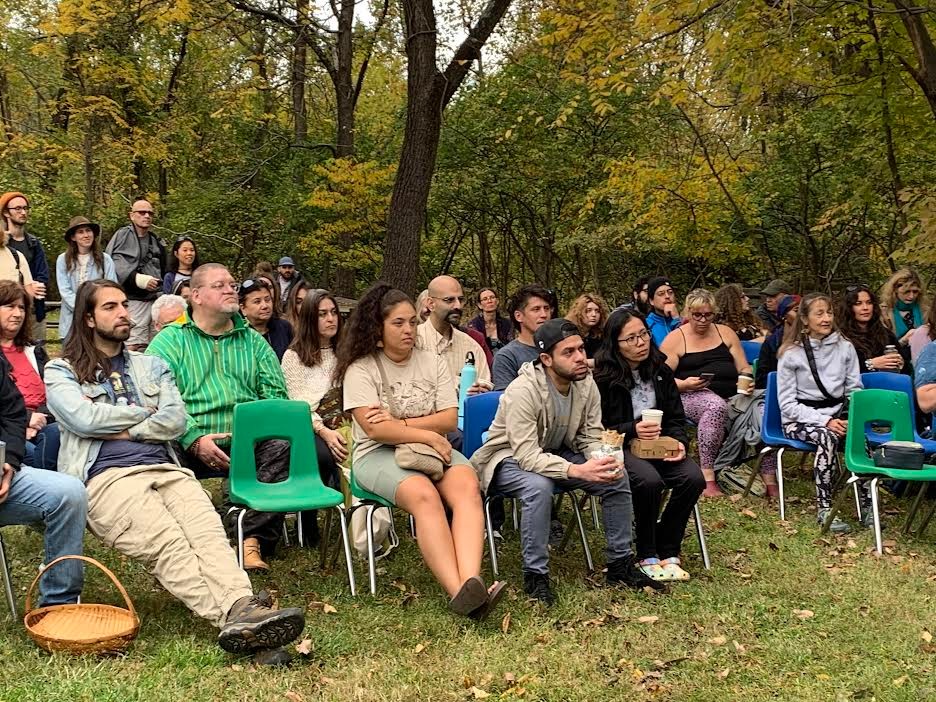
Is there a particular goal or mission driving your creative journey?
I have always believed in the power of vulnerability and that people grow from the place where they are most vulnerable. When I started organizing Mushroom City, I came to this work from community organizing around topics such as holistic healing, alternative currencies, sustainability, etc., but I was not and am still not a mycologist. This creative and educational journey has been many things but never a linear path. I recently completed a doctorate from a Sustainability Education program, and I keep branching into new areas such as learning about phytoremediation (working with plants for earth repair) through remediating a lead contaminated lot with sunflowers and co-teaching a Science of the Environment course this fall semester. My background is in English and Creative Writing, I came up through my teens, twenties, and early thirties as a poet. I never thought I would be doing any of these things. Creativity expresses itself in my life through risking to be vulnerable and willing to be transformed through new experiences.
Contact Info:
- Website: https://mushroomcityartfestival.org/
- Instagram: https://www.instagram.com/mushroomcityartfest/
- Youtube: https://www.youtube.com/@mushroomcity8357
Image Credits
photos by Robin Gunkel


